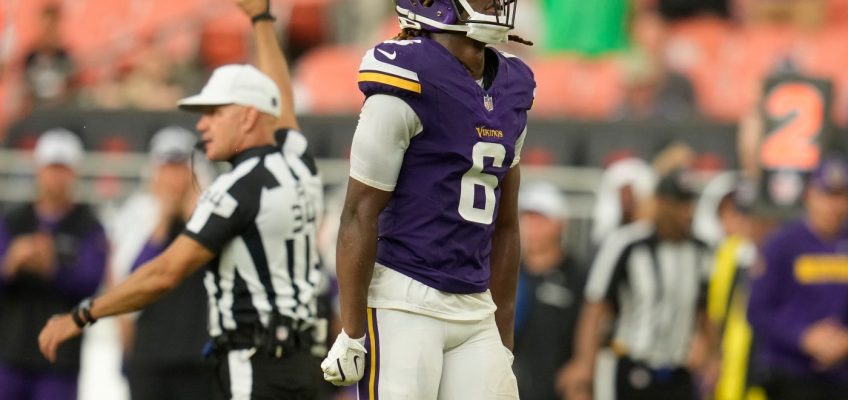Christopher Yang and Melinda Thao had been trying to conceive for three years — and got a positive test in April.
The married couple, who were high school sweethearts, went to their first ultrasound on June 18 and found out their baby was 9 weeks and 2 days old. On July 13, they got back the baby’s gender — and decided to learn together while sitting in their vehicle during Yang’s lunch break.
Yang pulled up the results on his phone, looked over at his wife and took a deep breath.
“Don’t say anything,” Thao said during the gender reveal, which they recorded on video. “Just show me.”
Yang turned the phone in her direction.
“It’s a girl!” she said, then laughed.
“It’s a girl!” he said.
On Sunday, just five weeks after the happy moment, tragedy struck: Thao, 26, and the unborn child they had named Leona died after a driver, who was allegedly drunk, crashed into the couple’s car at a Coon Rapids intersection.
Gender reveal video
Yang posted the gender reveal video to YouTube on Tuesday, the same day that Makayla April Sua Richardson, 20, of Mounds View, was charged with causing the crash. A preliminary breath test at the scene showed Richardson had a blood-alcohol concentration more than twice the legal limit to drive, the charges say.
In a GoFundMe post Wednesday, Yang wrote about the couple’s struggles to become parents.
“Melinda was so excited, she waited until I went on lunch break so we (could) look at the results together,” he said. “To our surprise, it was a GIRL! We were honestly happy regardless of the gender, we were more happy that the baby was healthy.”
He said their due date was Jan. 19, Melinda’s birthday.
They’d been together since 2013 and got married five years later after finishing college, finding stable jobs and buying a home in Coon Rapids, he said.
“Melinda worked so hard to uplift our lives to be filled with joy, love, and security,” he said. “She worked hard for us to buy a home, conceive a child, and have careers. This is just the tip of the iceberg of our story and it pains me to, now, explain why I am on this page to request for everyone’s help.”
Yang said any funds raised will go toward a funeral service, burial lands, tombstones and “everything else needed to send two beautiful souls to a better place.”
Criminal complaint
According to Tuesday’s criminal complaint:
Police were dispatched to the crash at the intersection of Coon Rapids Boulevard and Springbrook Drive just before 9:30 p.m. Sunday and found Thao injured in the front seat of a Toyota Highlander and Yang injured behind the wheel.
Officers learned that the couple was turning left onto Springbrook Drive on a green arrow when Richardson, who was headed west on Coon Rapids Boulevard in a Ford Super Duty F-350 pickup with a trailer behind, plowed into them. Witnesses confirmed the couple had a green arrow and that Richardson went through the intersection against a red light.
Makayla April Sua Richardson (Courtesy of the Anoka County Sheriff’s Office)
Thao was pronounced dead at a hospital, as was the child. Yang suffered three broken ribs.
“Prior to everything, I remembered what we did, ate, and purchased,” Yang said in the fundraising post. “It pains me to be reminded that we bought baby clothes that morning, and now I don’t have Melinda or Leona.”
Richardson admitted to having drunk alcohol before driving, telling officers she had one drink. She also acknowledged driving above the posted speed limit and only having an instruction permit to drive.
An empty can of an alcoholic beverage was found inside the pickup. She submitted to field-sobriety tests, which she failed, and blew a 0.18 BAC on a preliminary breath test. The legal limit to drive in Minnesota is 0.08. A warrant was executed, taking a sample of her blood; results are pending.
Richardson has been charged with one count each of criminal vehicular homicide while under the influence of alcohol and DWI, and two counts of criminal vehicular operation while under the influence of alcohol.
She was released from the Anoka County Jail on Wednesday after posting bond and is scheduled to return to court on Sept. 12.
Related Articles
Ana Zamora: Voters don’t want to hear Trump and Harris fight over crime. They want to hear actual solutions
Mounds View driver was drunk when she blew a stoplight and struck an SUV in Coon Rapids, killing a pregnant woman, charges say
Derek Chauvin is moved to new prison; Thomas Lane released
Judge knocks down Hunter Biden’s bid to use Trump ruling to get his federal tax case dismissed
Charges against St. Paul woman stemming from girl’s shooting dismissed




